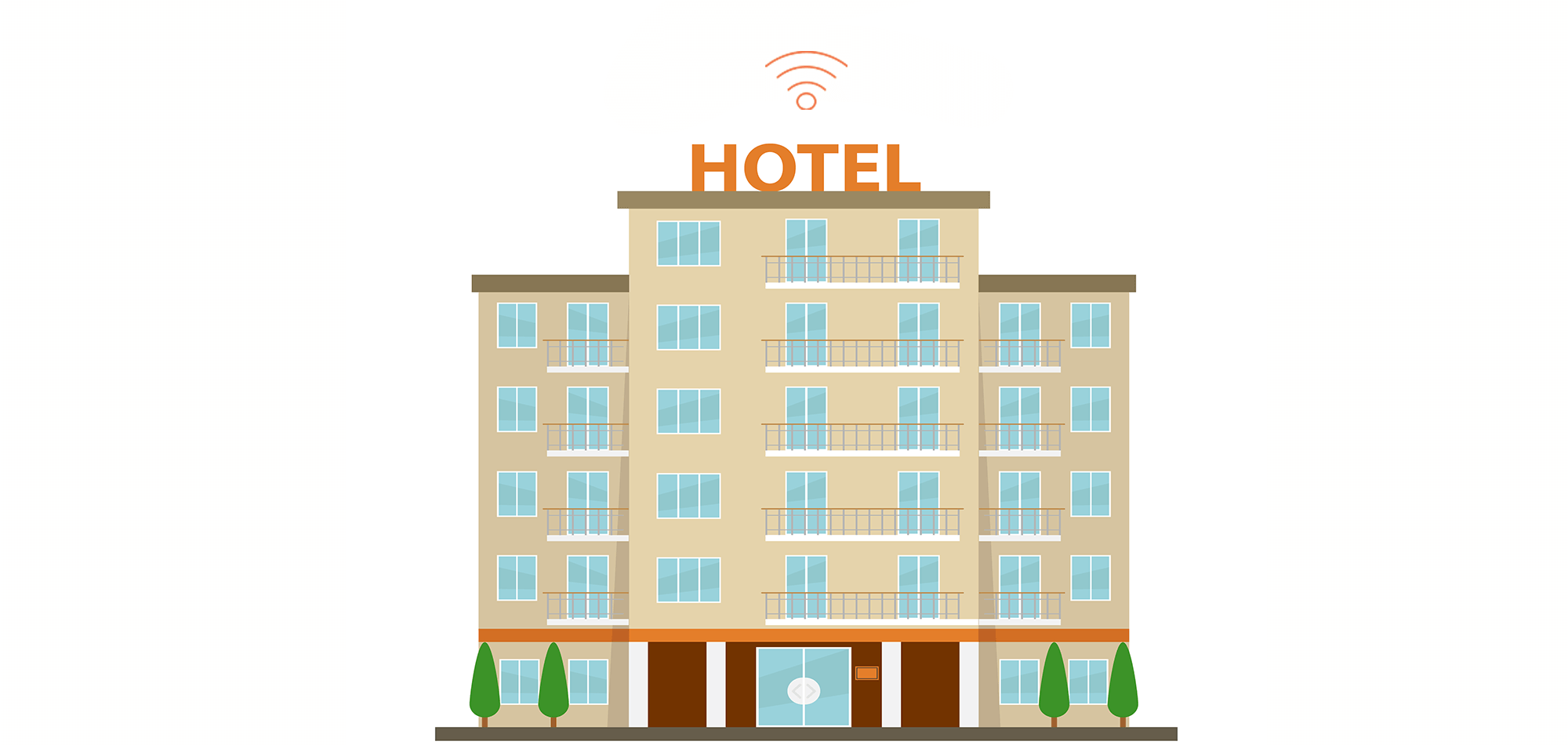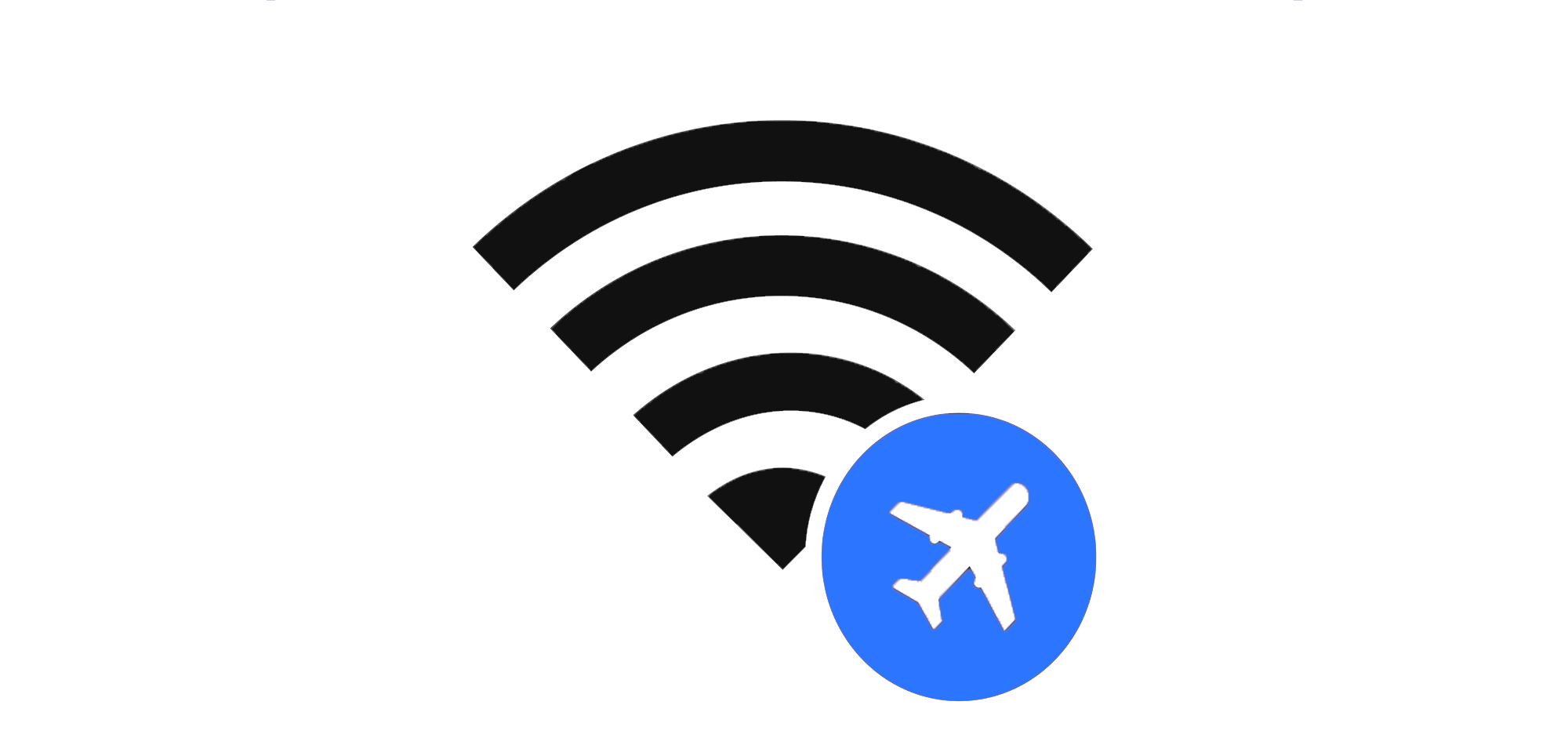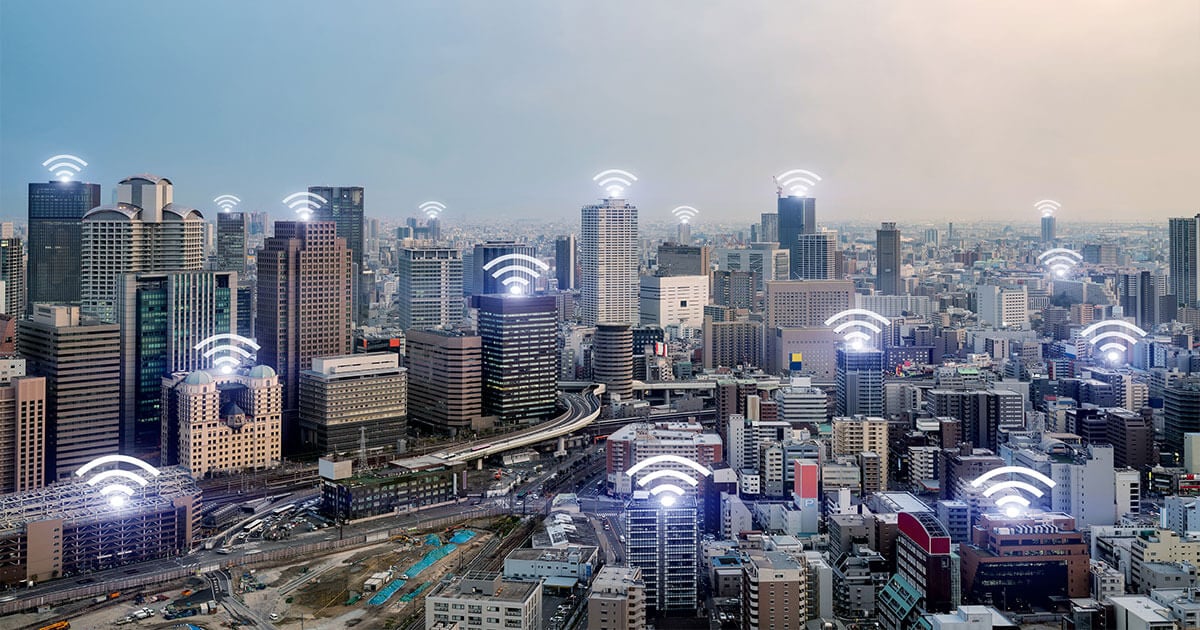Most hotel guests have a dirty little secret: they’re addicted to WiFi.
A widely-cited survey from English hotel operator Roomzzz found that almost two-thirds of its guests were connected to its hotel guest WiFi network within seven minutes of arriving.
And a survey from Statista found that internet access is more important to hotel guests than accessible rooms, room service, parking, and wake-up calls.
So I’m apparently in the extreme minority. While I look at the hotel gym photos to count the number of elliptical machines before booking, my early morning workout preferences are outnumbered by a margin of more than three to one. Even sluggish hotel WiFi is more important to most guests than morning cardio bliss.
So given that an offline access point is liable to incite much more intense fury from guests than a broken elliptical machine or treadmill in the hotel gym, what can hotel IT managers do to ensure that reservations aren’t canceled, and TripAdvisor ratings don’t tank, over WiFi availability problems?
Design for Mobility
While it costs $50,000 to $60,000 per room to build a typical Holiday Inn Express or a Hampton Inn, many hotel industry insiders are starting to wonder if one nearly-universal amenity will survive the next decade: landline phones.
It wasn’t more than ten years ago that hotel ad copy boasted about data ports for dial-up modems. Today, whether the culprit is 4G LTE, MiFi, or simply guest expectations that hotel WiFi should be as reliable as electricity and running water, hotel IT managers need to ensure that guests have reliable WiFi throughout the entire property. Not just in guest rooms. Not just in the lobby.
This requires that a lot of thought is given to roaming and coverage with your hotel’s WiFi security.
While the term roaming more typically refers to using your mobile phone off of your mobile provider’s network, in the context of hotel WiFi, roaming simply refers to the ability to move from one access point to another without a loss of connectivity.
And coverage is all about how well your hotel’s WiFi access points cover the total square footage of your property; both interior and exterior areas, such as the pool or parking lot.
Again, as recently as ten years ago, a hotel IT manager could count on relatively light WiFi usage, with most guests on their laptops either in their guest rooms or lobby area.
As popularity of mobile devices, search engines, social media, voice over IP, video conferencing, and streaming video have all surged to new heights of user adoption, hotels now need to design for mobility -- or they’ll find their guests taking advantage of their mobility to take their WiFi addiction, and their spending power, to a competitor’s hotel across town or down the road.
And as far as estimating for usage, bear in mind that one-third of Americans now live in a home with three or more smartphones. (Source: Pew Research Center)
So it’s not uncommon to find a family of four, especially with teenagers, checking in with their four smartphones, four tablets, and two or more laptops. While your guests won’t be losing sleep over mobile security, poorly designed and implemented user permissions make your hotel a target for network abuse.
Key Point: Secure hotel wireless networks start by addressing the need for mobility throughout the property -- and bandwidth and device usage -- the likes of which have never been seen before.
Apply Role-Based Access Control
Besides mobility, hotel IT managers also need to make sure that their guests’ WiFi networks are only being used by guests.
Just as most hotels need a way to control access to guest-only amenities such as the gym, pool, business center, and complimentary breakfast buffet, hotel wireless networks only have so much bandwidth to go around.
Whether it’s unauthorized access from non-guests sitting in the parking lot or staying at an adjacent property -- or a hacker trying to crash the network to exploit a perceived vulnerability, hotel IT managers need to be vigilant about security.
The first place to start: Role-Based Access Control (RBAC). When properly implemented, RBAC regulates access to your hotel’s wireless network based on assigned roles to individual guests.
At the most basic level, most hotels separate their guest WiFi network from their employee WiFi network.
Many hotels also use the best practice of requiring a login to the guest WiFi network using something similar to the guest’s last name and room number.
For example, guests will usually be granted a certain set of standard user permissions that are more limiting than the user permissions of hotel staff and management. After all, the first step to prevent curious guests from tampering their way into the restaurant’s point of sale (POS) system is using RBAC and separate networks.
Another application of RBAC: Many hotels have different tiers of WiFi access, where standard WiFi access offers 5Mbps of download speed and premium WiFi access cruises along at a theoretical maximum of 50Mbps. Regardless of whether your hotel includes standard WiFi for all guests and upsells premium WiFi, or offers premium WiFi to guests with the highest level of loyalty points membership, RBAC can help you separate the WiFi equivalent of “economy” from “first class.”
Key Point: Role-Based Access Control is a key step that all hotel IT managers should take to control access, efficiently allocate bandwidth to authorized users, deny access to unauthorized users, and improve overall WiFi security and network performance.
Apply Load Balancing
In much the same way that no health club or hotel gym is designed for more than a small percentage of its members or guests to work out at the same time, your hotel’s wireless network also likely makes some critical assumptions about average and peak utilization of bandwidth throughout the day and week.
However, even with the best data-backed plan, hotel WiFi networks still need a way to spread network usage across different access points and potentially different ISP connections. That’s where load balancing comes into play and factors into how your access points (AP’s) are programmed.
At the most basic level, load balancing spreads network traffic across two different ISP connections or wide area network links. By doing so, this helps all guests receive acceptable reliability and performance from your wireless network.
In many ways, load balancing acts like your restaurant manager who senses that one of their servers is getting overloaded with too many tables. So when the next guests arrive, the manager seats the newly arriving guests in another area of the restaurant with a server whose shift has just begun and who has plenty of “capacity” to serve guests faster and less frantically.
Key Point: Edge cases, like the family of four with ten devices, could slow down network performance and restrict availability for everyone in that part of the hotel. Load balancing, when combined with role-based access control, keeps guests from monopolizing limited network resources and spreads their usage more evenly over multiple ISP connections.
Install the Right Hardware
In a perfect world, every hotel would have bottomless resources to purchase the most luxurious bedding, the most beautiful artwork, the quietest and most energy efficient HVAC system, and the most state of the art networking equipment.
But now back to reality. Hotels have to operate efficiently and profitably, while still providing an exceptional guest experience.
Sometimes, the wrong wireless networking equipment ends up in the wrong places in hotels. Maybe someone was trying to be a hero with the budget and save a few bucks. Maybe the distributor was out of the preferred access point, and an unauthorized substitution was made. Or perhaps an inexperienced, stressed out, or exhausted technician mixed up access points between different client jobs or within locations at a particular client’s job site.
So what can you do to make sure that your hotel has the right WiFi hardware installed in the right places?
It starts by understanding that there are indoor access points and outdoor access points.
In much the same way that an upholstered chair sitting outside by the pool, constantly exposed to the elements, needs to be a lot more durable than one in the lobby, your hotel’s outdoor access points need to be more rugged and a lot more capable of avoiding interference.
So at the end of the day, the level of expertise and engineering know-how for a successful outdoor access point installation is an order of magnitude greater than for installing an indoor access point. It’s definitely not for beginners.
And that’s one of many reasons why so many hotels turn to SecurEdge Networks to get their secure WiFi network planned, installed, maintained, and supported by highly-experienced experts.
Key Point: Your hotel’s guests are a lot more mobile than ever. Their expectations for high availability and performance don’t end with room service, housekeeping, or the front desk. So be sure that your mobile security, WiFi security, and access points -- indoor and outdoor -- can weather any storm unleashed upon your wireless AP's by guests or nature.
In this post, we’ve looked at how hotel IT managers can improve mobile security and WiFi security to provide a more secure WiFi environment to all guests.
Remember, your hotel guests are addicted to their devices and are counting on you to provide WiFi that is as reliable as your property’s electricity and running water. Are you and your wireless network up to the task?






